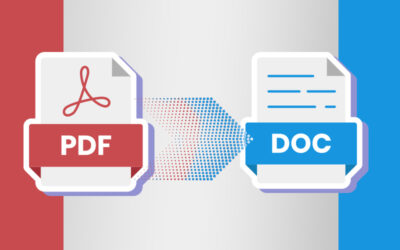Telecommunication companies routinely generate and store enormous quantity of data. There exists a great opportunity for telecom managers to analyze this data and draw good insights from it, especially for proactive decision making. Data analysis enables viewing data from different perspectives, grouping it in new ways, and summarizing the results in a meaningful way. Let us look at some of the major applications of data mining in the telecommunication sector.

Data Analysis
is Helpful to the Telecommunication Sector
To Detect Fraud: Fraudulent activity costs around millions of dollars every year for the telecommunication sector, as unscrupulous individuals exploit the vulnerabilities in security and access controls. Such activities may include manipulation of refunds, credits, or bill adjustments and the leakage of private customer data. Fraud detection and analysis is done in the following manner.
- Understanding the nature of the business
- Identifying possible fraud
- Listing possible fraud symptoms
- Data capture (about these symptoms)
- Analyzing the results
For Customer Profiling: Telecommunication industries always maintain a large customer base. The database may include general customer data along with the call details, billing data, subscription information, (calling plan, features, contract expiration data), and so on. Available information is used to profile customers for marketing purposes and to understand their calling behavior. Understanding customer behavior helps telecommunication companies to avoid customers switching to other telecommunication companies and to provide customized services.
Network Fault Isolation: Telecommunication networks are extremely complex to operate. Each element of the network collectively generates millions of status and alarm messages every month. In order to identify network faults in a timely manner and to have a proactive approach, alarms must be automatically analyzed. The task of network fault isolation is quite difficult, as the alarm generated sometimes may be different or unrelated, due to huge volumes of data. Data analysis can rescue the situation by providing alarm correlation for predicting network faults. Techniques such as classification, neural network, and sequence analysis are used to identify network faults and take preventive measures.
As a highly data-intensive industry, telecommunications has complex data processing requirements. The large volume data stored in the network databases can be analyzed via the data mining process to improve the short-term as well as long-term functioning of telecom businesses.



